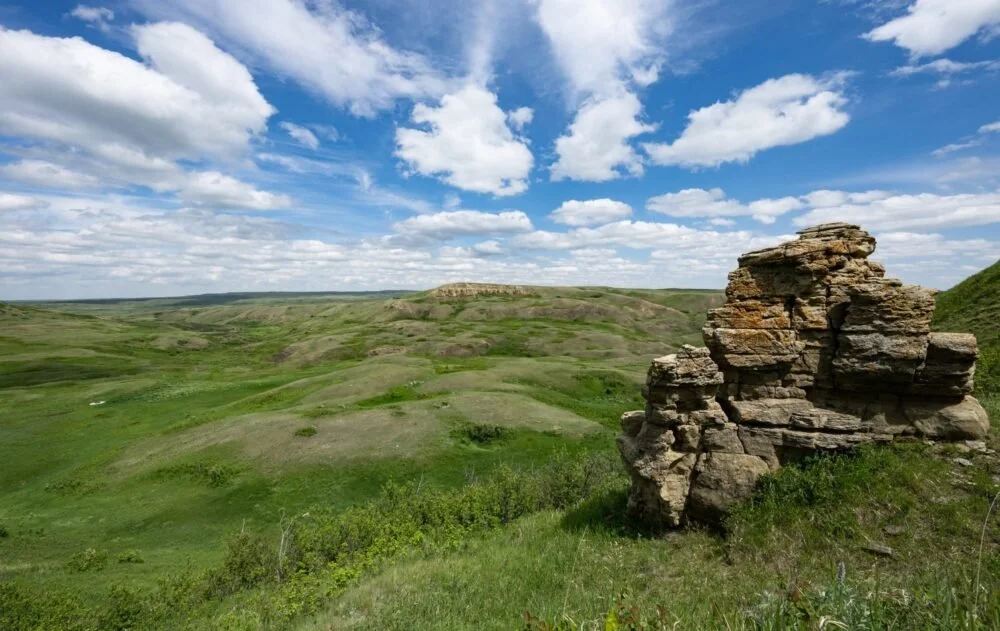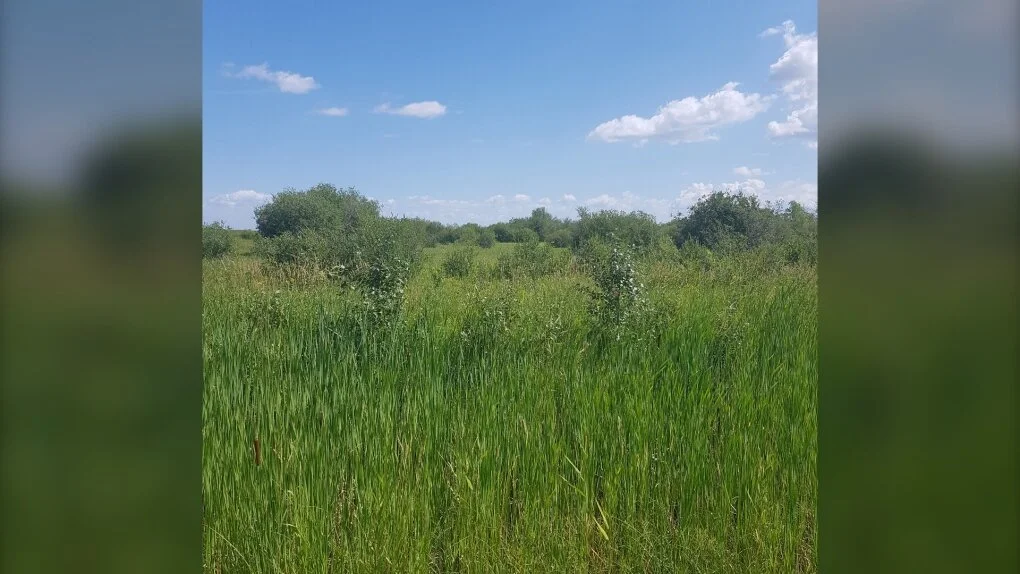Having a space right on the water has long been an aspiration of Ottawa Riverkeeper. Never before have we had our own program space. We can’t wait to show you this dream as it begins to take shape! As part of the opening, we heard from Tobi Nussbaum, Chief Executive Officer of the National Capital Commission, and from Mona Fortier, MP for the Vanier riding where River House is located. Both talked about how important it is to be able to provide the public with access to this amazing river. Afterwards, the media embarked on a tour of the site that included Ottawa Riverkeeper’s new Learning Lab and the NCC’s swimming area.
Saving nature: WWF study highlights the best places for ecological restoration in Canada
Snider says that means that restoring those areas have direct benefits for people, such as protecting water supplies, providing clean air and preventing floods. "It's not only those people that live directly adjacent to those areas that benefit from having those natural areas, but more broadly the people that live, you know, throughout the region," Snider said.
Action needed as Canada loses nearly 300 football fields of grasslands daily
Canada’s iconic Prairie grasslands are in peril, but the Nature Conservancy of Canada (NCC) has sprung into action to try to save the vital ecosystems. Its Prairie Grasslands Action Plan proposes to conserve more than 500,000 hectares (more than 5,000 square kilometres) by 2030 —- six times the size of Calgary. In a recent interview with The Weather Network, Jeremy Hogan, NCC's director of prairie grassland conservation, said only 18 per cent of Canada's original grasslands remain. "We have taken the grasslands for granted a little bit. They're one of our most productive ecosystems in terms of food production, but also services like water storage, filtration [and] preventing droughts and floods," said Hogan.
Conservation leaders join forces on largest private grassland project in Canadian history
The Nature Conservancy of Canada (NCC) and Ducks Unlimited Canada (DUC) are working together to conserve one of the largest remaining tracts of intact Prairie grasslands and wetlands in Canada. McIntyre Ranch, located south of Lethbridge, will be conserved through an agreement (conservation easement) between the landowners and the two organizations. This 130-year-old ranch is one of the largest private landholdings in Canada, and spans over 22,000 hectares — an area more than a quarter the size of Calgary.
Organizations pushing for accelerated conservation efforts in Canada
“It’s not just wildlife. These are important areas for our headwaters, the drinking water that supports ourselves, our industries and our natural ecosystems,” Feagan said. It’s those waters that have the attention of officials with the Canadian Parks and Wilderness Society – Southern Alberta Chapter (CPAWS). “We want to make sure that trout populations are healthy, but we want to make sure the water itself is healthy,” said executive director Katie Morrison.
Nature Conservancy of Canada purchases land for protection in southern Alberta
The announcement comes a few months after the organization announced a $6.9-million campaign to save a 16.5-square-kilometre property called the Yarrow, which is also in southern Alberta but "a little farther north" from the latest project and just outside what's traditionally known as the Waterton Park Front. The Yarrow also features grasslands, wetlands, creeks, mixed forests and includes 27 wildlife species of provincial and national significance. There are two streams that provide fish habitat and transport water from Alberta's southern headwaters to rivers across the Prairies that flow to Lake Winnipeg and eventually Hudson Bay.
Guest column: Working to improve and protect nature across the country
Across Canada, people have been ramping up their efforts to protect our planet. In 2021, Indigenous communities, donors, land owners and all levels of government came together with the Nature Conservancy of Canada (NCC) to protect more than 200 square kilometres of wetlands, beaches, forests and prairie. These big, bold projects are vital to tackling the twin crises of biodiversity loss and climate change. We saw heatwaves, droughts, wildfires and severe floods in the past year. Nature conservation projects give me hope for restoring a healthy planet where people can thrive, despite the gravity of these crises.
E-scooter, bikes, election signs among the items spotted in the drained Rideau Canal
Parks Canada says staff will clean-up the plastic, garbage and debris spotted floating in the Rideau Canal after water levels were lowered this fall. An e-scooter, bicycles, pylons, election signs and other debris can be spotted on the bottom of the historic waterway after the spring and summer navigation season. Parks Canada lowered water levels along the Rideau Canal through Ottawa to their "lowest level" two weeks ago following the end of the boating season.
The Nature Conservancy of Canada is working to conserve two wetlands along Lake Winnipeg
The Nature Conservancy of Canada (NCC) is working to protect two ecosystems along Lake Winnipeg. The NCC said it is hoping to protect Breda Bay and Siglavik, calling the two ecosystems, "significant shoreline properties." The two areas near Gimli take up 45 hectares and the NCC said conserving them would impact the current and future health of the lake. "They represent one of the last natural areas along the southwest shore of Lake Winnipeg and we are working with local private land owners to conserve them for nature and people forever," said Cary Hamel, director of conservation for NCC’s Manitoba region.










